Netflix's Daybreak is a multi-layered show, mostly aimed for teens. There are elements of high-school comedy, drama, action, and the zombie genre all rolled into a fun post-apocalyptic survival ride. We follow the adventures of teenager Josh Wheeler in a California ravaged after a nuclear explosion. We encounter teen gangs, middle-aged zombies, Josh's sidekicks, as Josh aims to find Sam, the love of his life.
The series is based on a graphic novel of the same name, written and illustrated by Brian Ralph. Interestingly, Ralph just used to publish these illustrations on his blog until his work started developing a cult following and got compiled as a book.
Playing over many cliches and gags, this show created by Brad Peyton developed its own fanbase and easily had the potential for another season till Netflix canceled it last December. However, we try to keep its memory alive. Here are 5 things that Netflix's Daybreak didn't borrow from its source material, and 5 that it did.
10 Same: Breaking the Fourth Wall
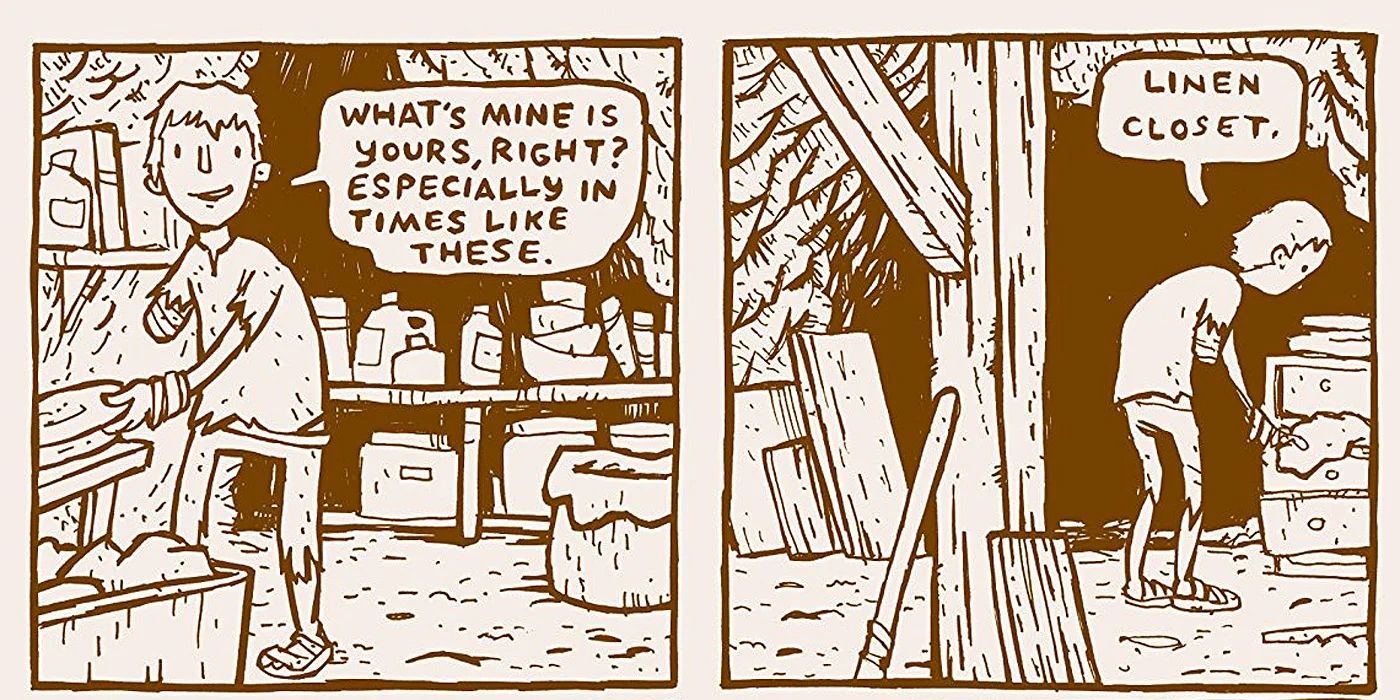
The comic is an interactive visual experience as Ralph's protagonist constantly asks the narrator to embark on his adventures with him. If he has found some food, his eyes shift towards the reader and he's willing to share it. If he is in an armed confrontation with an old hobo, he again asks for your help to defeat his enemy.
Similarly, the show also has Josh occasionally break the fourth wall and talk to the viewers directly. In fact, creator Brad Peyton got a 'Ferris Bueller' vibe from the comic as the classic 80s film Ferris Bueller's Day Off was one of the firsts to use this technique in narration. In fact, Peyton initially pitched the show as 'Ferris Bueller in the apocalypse' to Netflix.
9 Changed: The Comic is more Indie

The graphic novel has been renowned for its minimalistic aesthetic, mostly drawn in black and white. In some editions, it has been described as 'an arthouse take on the classic zombie genre'. The show, on the other hand, is an over-the-top rendition of Mad Max for teens, with lavish sets and vibrant colored costumes.
This might owe to Brad Peyton's big-budget roots. The creator, co-writer, and director of Daybreak's first two episodes has been associated with Dwanye Johnson movies like San Andreas and Rampage, movies that rely on explosions, visual effects, and set pieces that are larger than life.
8 Same: Zombies
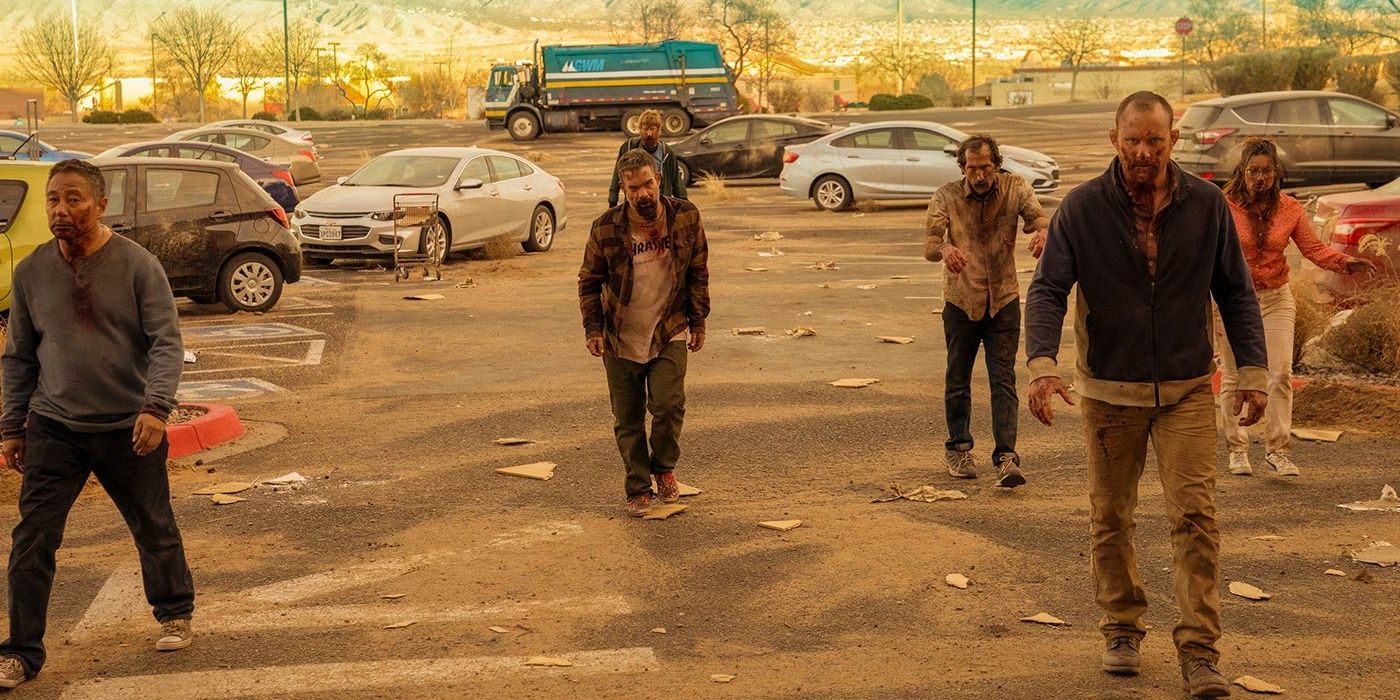
The presence of zombies is central to the graphic novel's plot, while the zombies are somewhat of a recurring gag in the show. Still, the undead are an important component of Daybreak's nuclear environment. The comic shows the zombies as ominous figures in the dark which often haunt the lead character. They aren't shown to engage in any typical zombie-running or brain-eating and most of their activities are speculative.
The show gives more context for these zombies who are referred to as Ghoulies. The Ghoulies were adults who metamorphosized into pale-skinned, dumb, flesh-eaters. They are often found repeating the same phrase over and over again, and their senses get triggered if they hear loud sounds. Generally thought of as a dumb species, the ghoulie version of Mrs Crumble turns out to be an exception as she inhibits features like normal speech.
7 Changed: High-School drama
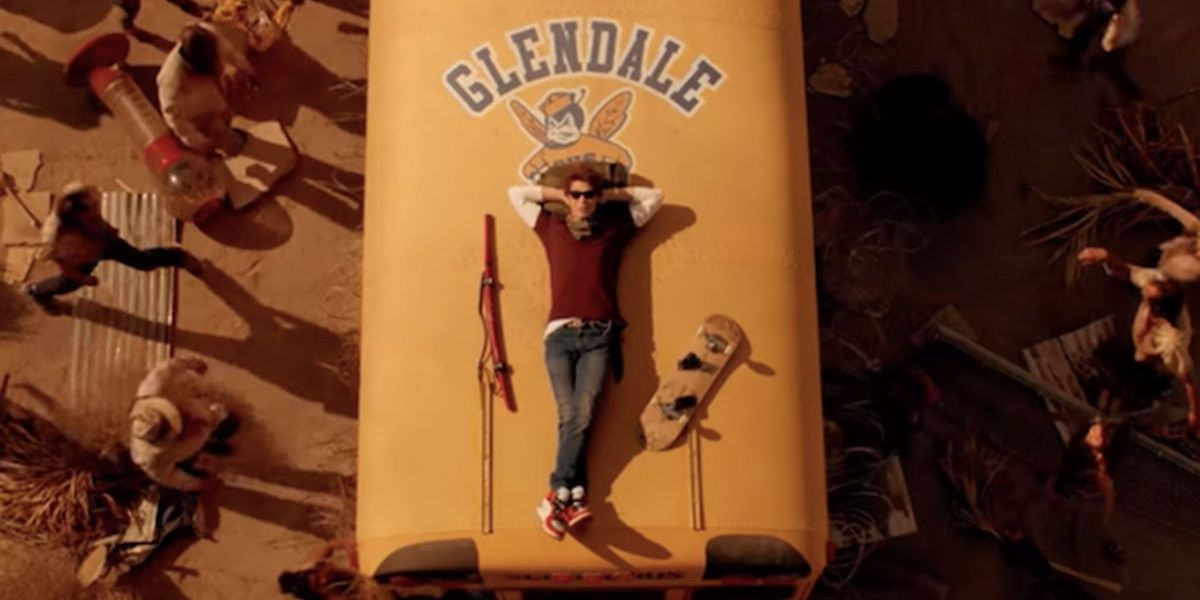
Characters like Sam, Principal Burr, Wesley, and Angelica are exclusively written for the show. As mentioned before, the graphic novel is more simplistic in nature and hence, it does not delve into any of the complicated high-school storylines or backstories of Josh and the other characters.
But, to keep the series running and to establish a universe of its own, throwing such diverse and amusing characters in the mix was required. If one had to direct Brian Ralph's illustrations in the exact same manner as the comic, the end result would have been an indie survival film rather than a 10-episode comedy-drama.
6 Same: Shopping for food

Eating is necessary for survival. So, naturally, the comic's hero spends a great deal of time finding food in the ruins he encounters. It's evident that he craves potato chips a lot. In one scene, when zombies run after him, he drives away in a car. Inside the car, he finds a bag of chips inside and tears it with his mouth gobbling down some. Chips over life, that's the motto for survival. In another scene, he finds a can of creamed corn and throws it away. 'I'd rather starve one day early', he says picking up a bag of chips instead.
Similarly in the Netflix version, Josh and his friends try raiding whichever old convenience store they can lay their eyes on. In his old room, too, he hoards piles of packaged food.
5 Changed: Josh's arm is better off in the show
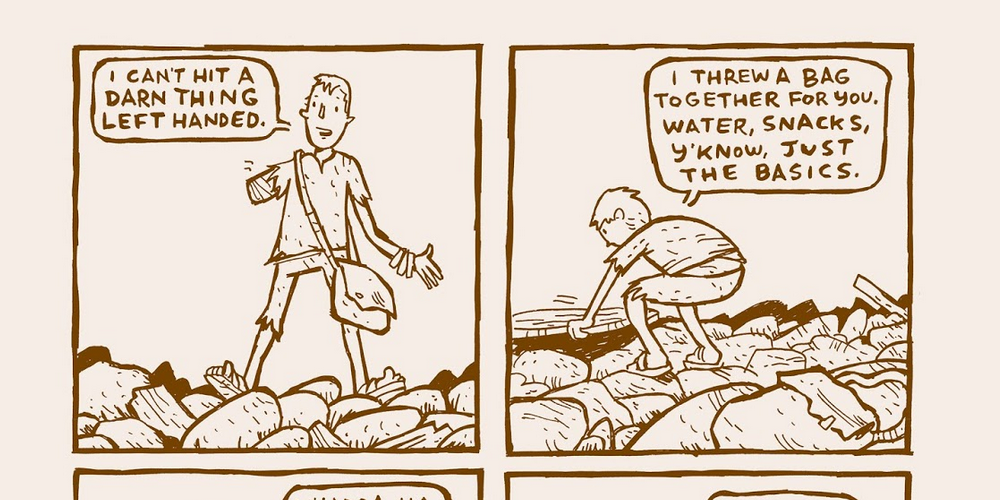
While the comic's protagonist never reveals his name, it is obvious that the character of Josh Wheeler is based on him. The two share a similar survival instinct and goofy nature. But a major difference between the two is physical.
All through the comic, we see the hero be a 'leftie' as he doesn't have a right arm anymore. It is highly possible that the zombies ate his arm or maybe he lost it in one of his dystopian pursuits of survival. In the show, there is a tribute to this element of the plot. A Ghoulie bites Josh's arm and Josh believing countless zombie films of the past, feels that he has been infected. He's ready to chop off his infected arm with his sword but misses, and cuts a finger in the end. Angelica walks in and tells him that he's not going to turn into a Ghoul with just a bite and Josh realizes his finger's sacrifice was futile!
4 Same: People still use Flare Guns
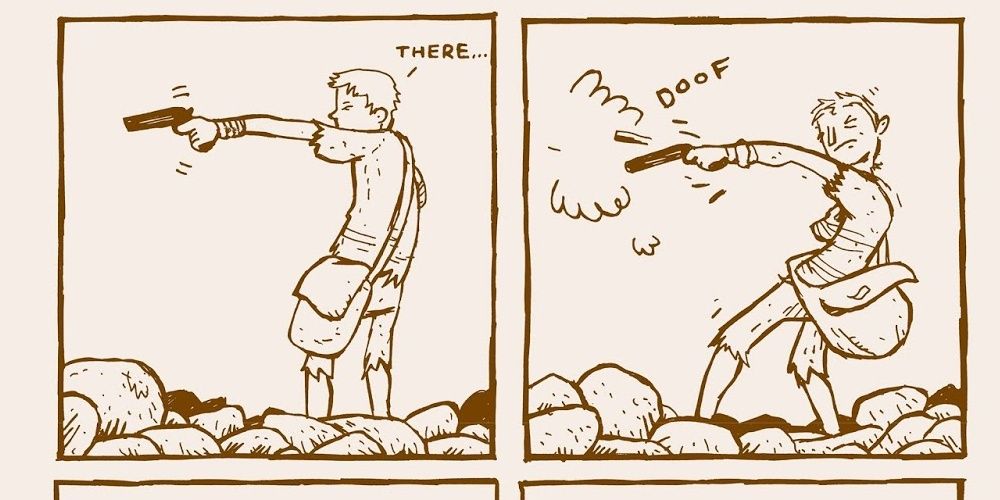
In one of the first pages of the comic, we see our left-handed lead shoot a gun. 'It's just a flare gun. It won't kill anything but it makes a big bang.' He says with a smile. He uses the flare gun to often scare away the animals or zombies around him.
Flare guns play an important role in the show too. In the Netflix rendition of Daybreak, there are certain teenage gangs of the nerds, the jocks and so on. So whenever their unofficial supreme leader Turbo 'Bro Jock' Pokaski wants to assemble them for a meeting, flares are fired up in the sky as a signal. Each gang has its particular color of flare.
3 Changed: Weapon of Choice
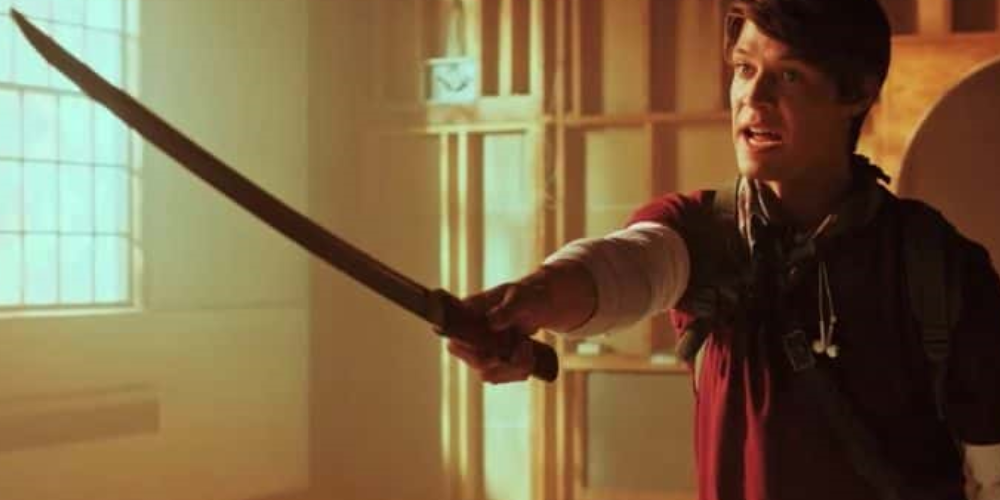
Ralph's comic-book hero uses any sharp object possible in times of trouble. He often uses an ax but can be seen using a machete too.
In the show, however, Josh finds a samurai sword in the first episode. He decides to call it Sam after his ex-girlfriend and can be seen with the sword in all other episodes. Further, his friend Wesley who acts like a self-styled ronin gives him lessons in sword-fighting. The sword is definitely one of the most iconic symbols of the show ending up in bloody and hilarious situations for Josh.
2 Same: The End of the World
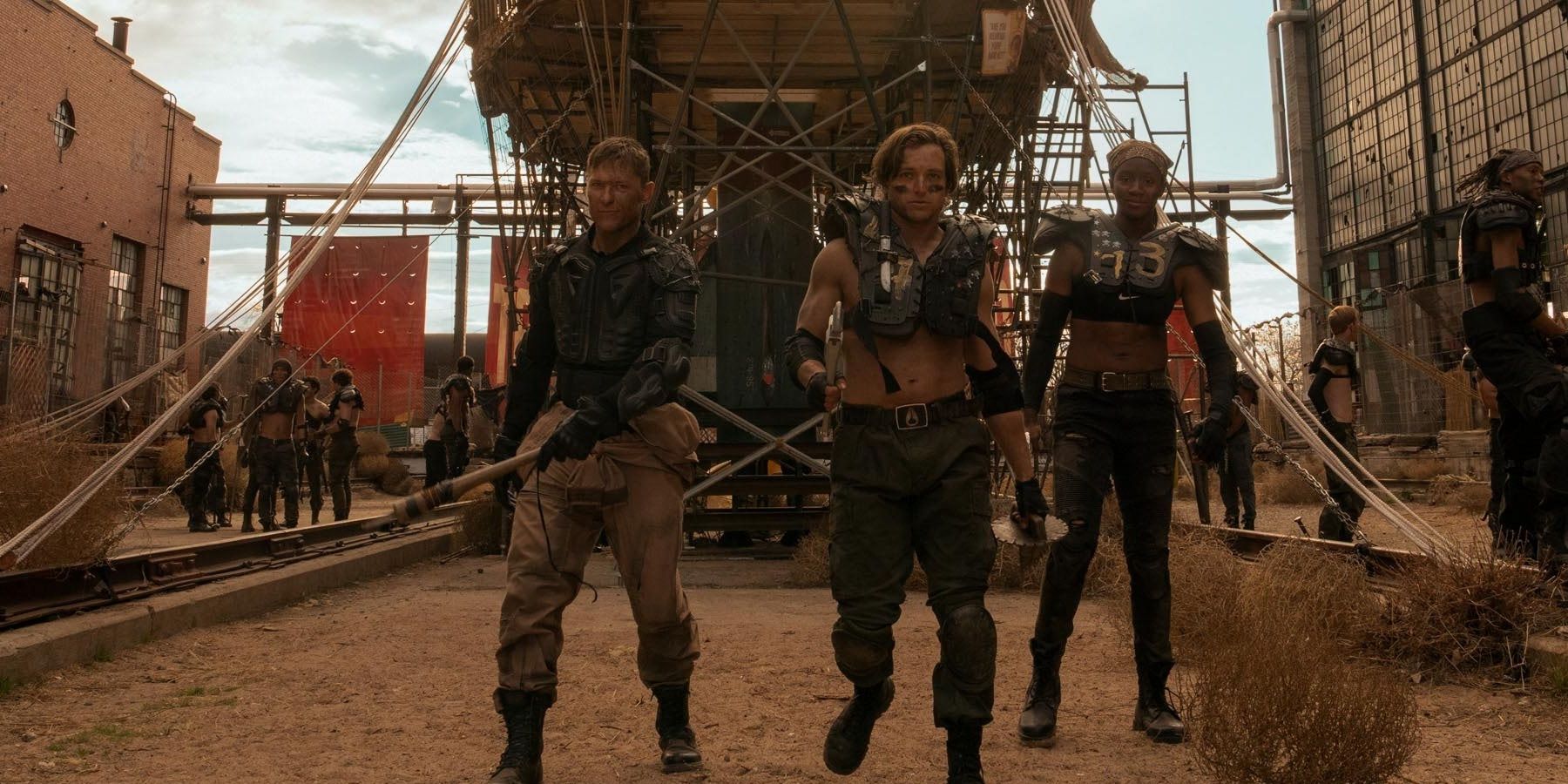
The reasons behind the apocalypse are vague and ambiguous in both versions of Daybreak. But it is clear that the world has ended and the survivors are in a phase of rebuilding society.
Hence. the show has still kept the comic's basic framework of a dusty, ravaged world, and Netflix added more characters and storylines to add further layers to the story.
1 Changed: Giant Dogs
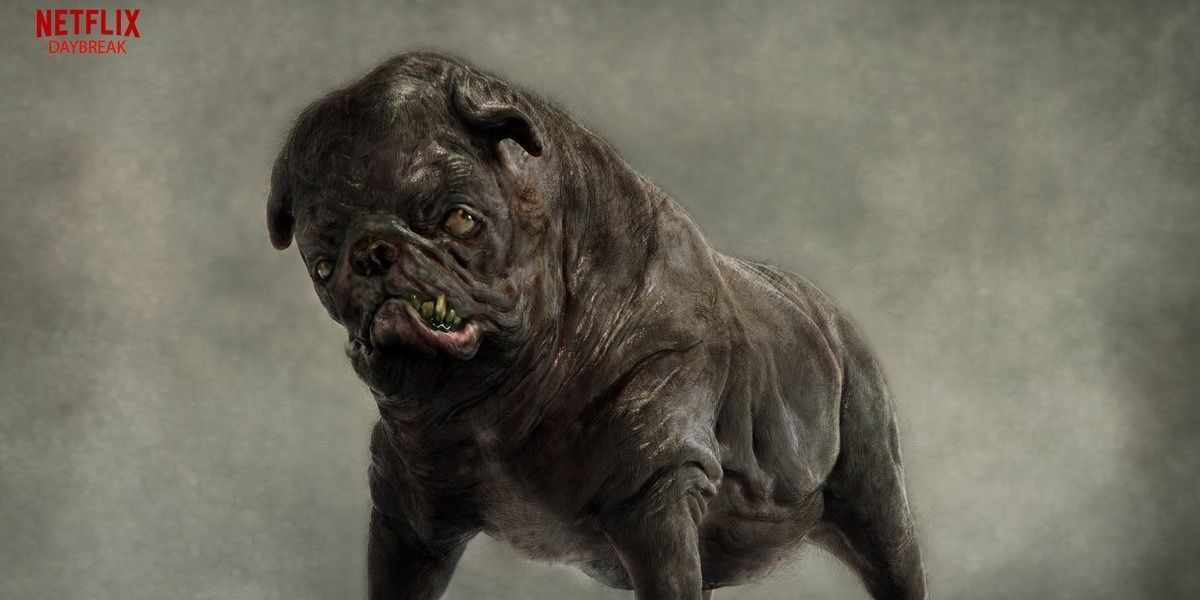
Brian Ralph's book features a regular-sized dog who accompanies the protagonist till the very end. The show never featured any canine along with Josh but had a whole lot of other animals.
It turns out that after the nuclear fallout in Netflix's Daybreak, many animals acquired gigantic proportions and wild tendencies. The most prominent of these is a mutated pug who barges in a shed where Josh has been sleeping. It's probably these animals who have higher chances of survival in this new world than the puny human beings.
from ScreenRant - Feed https://ift.tt/2tzSFjG

0 comments:
Post a Comment